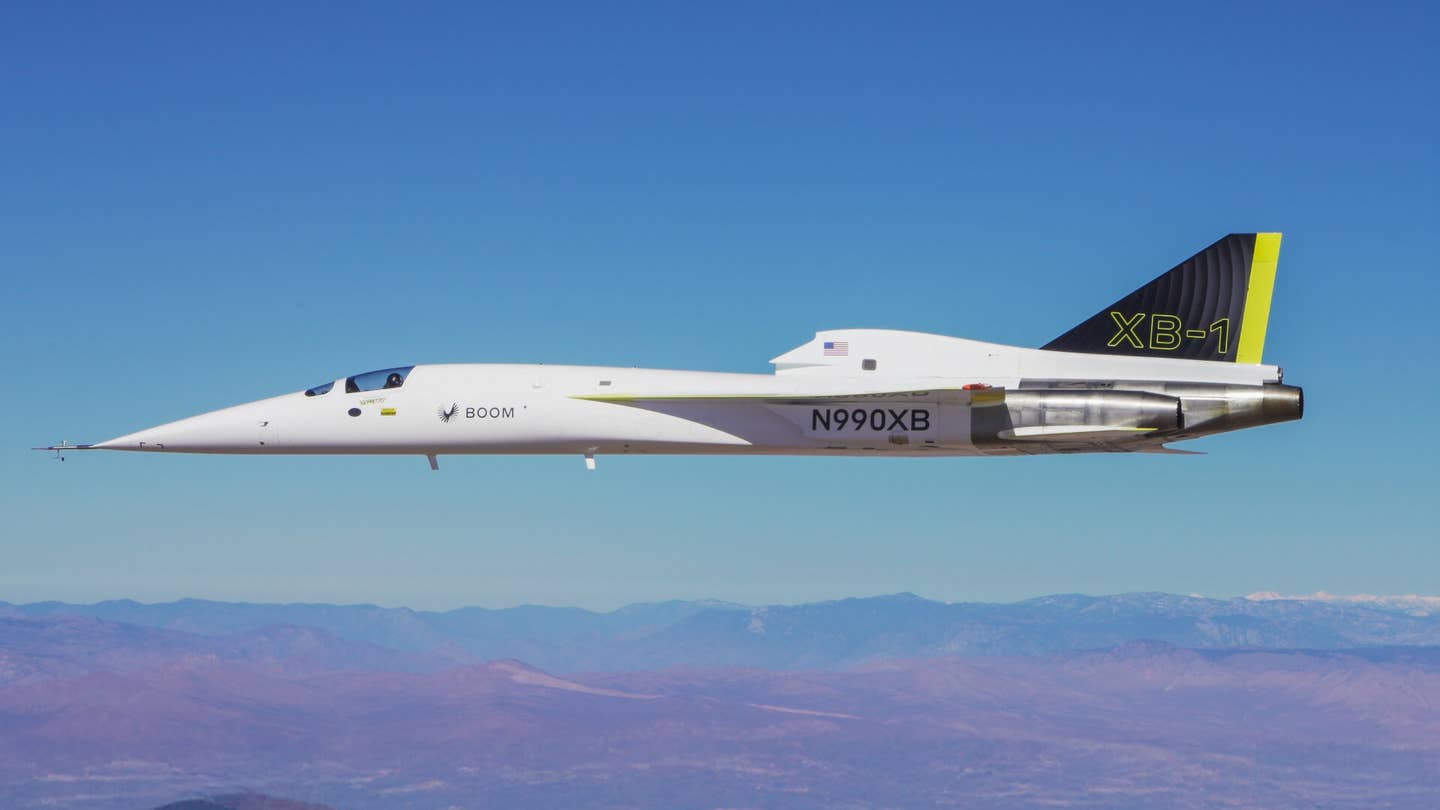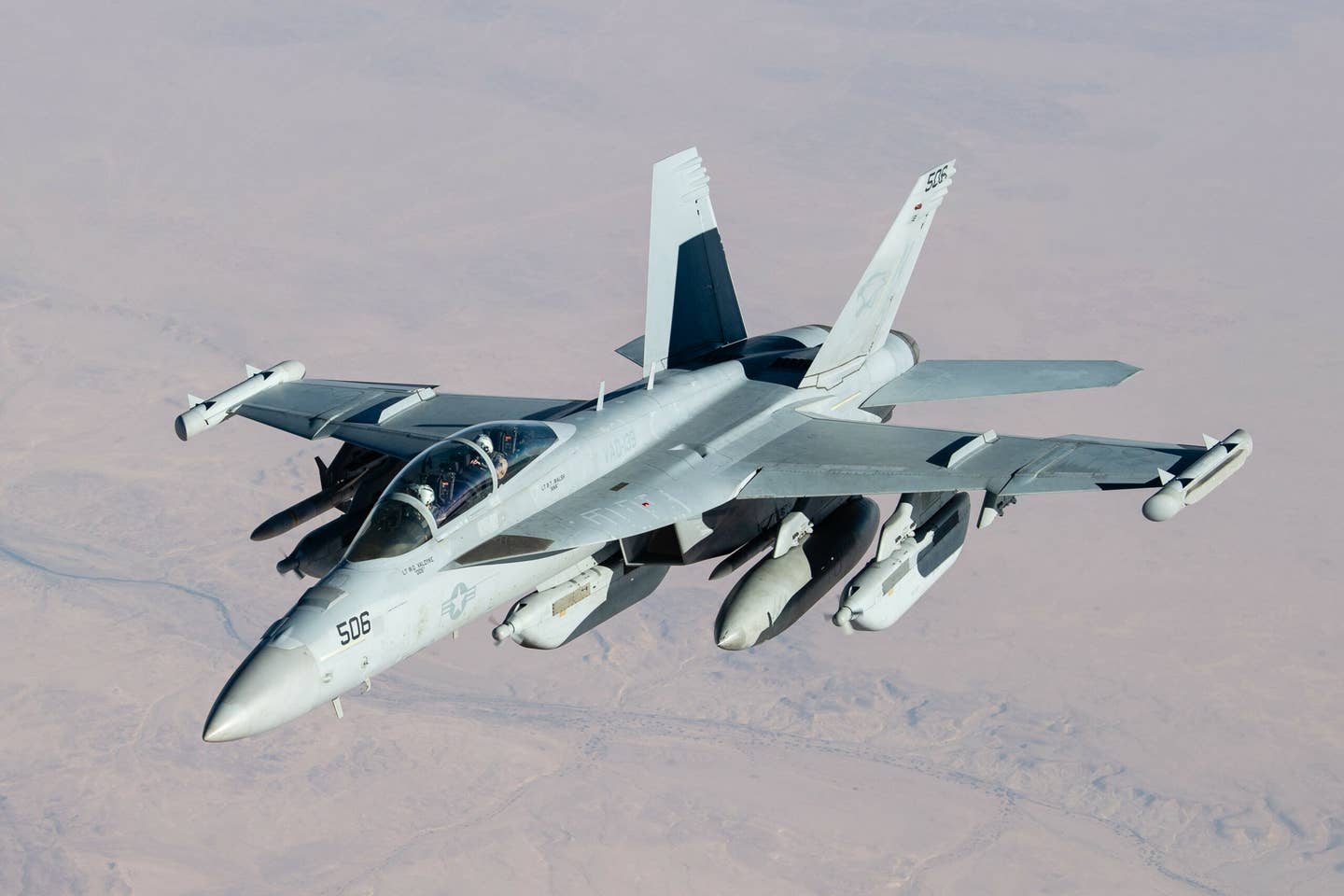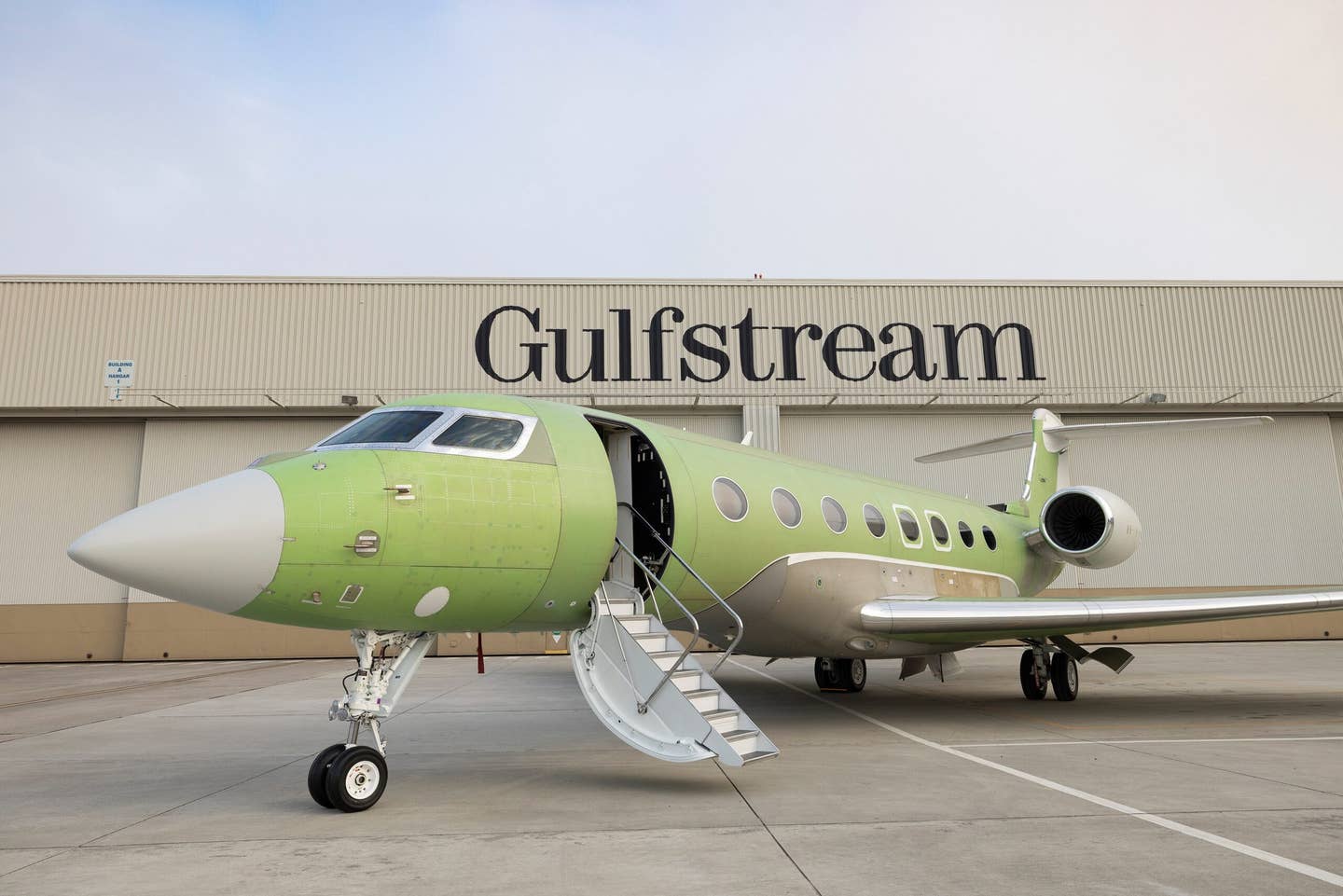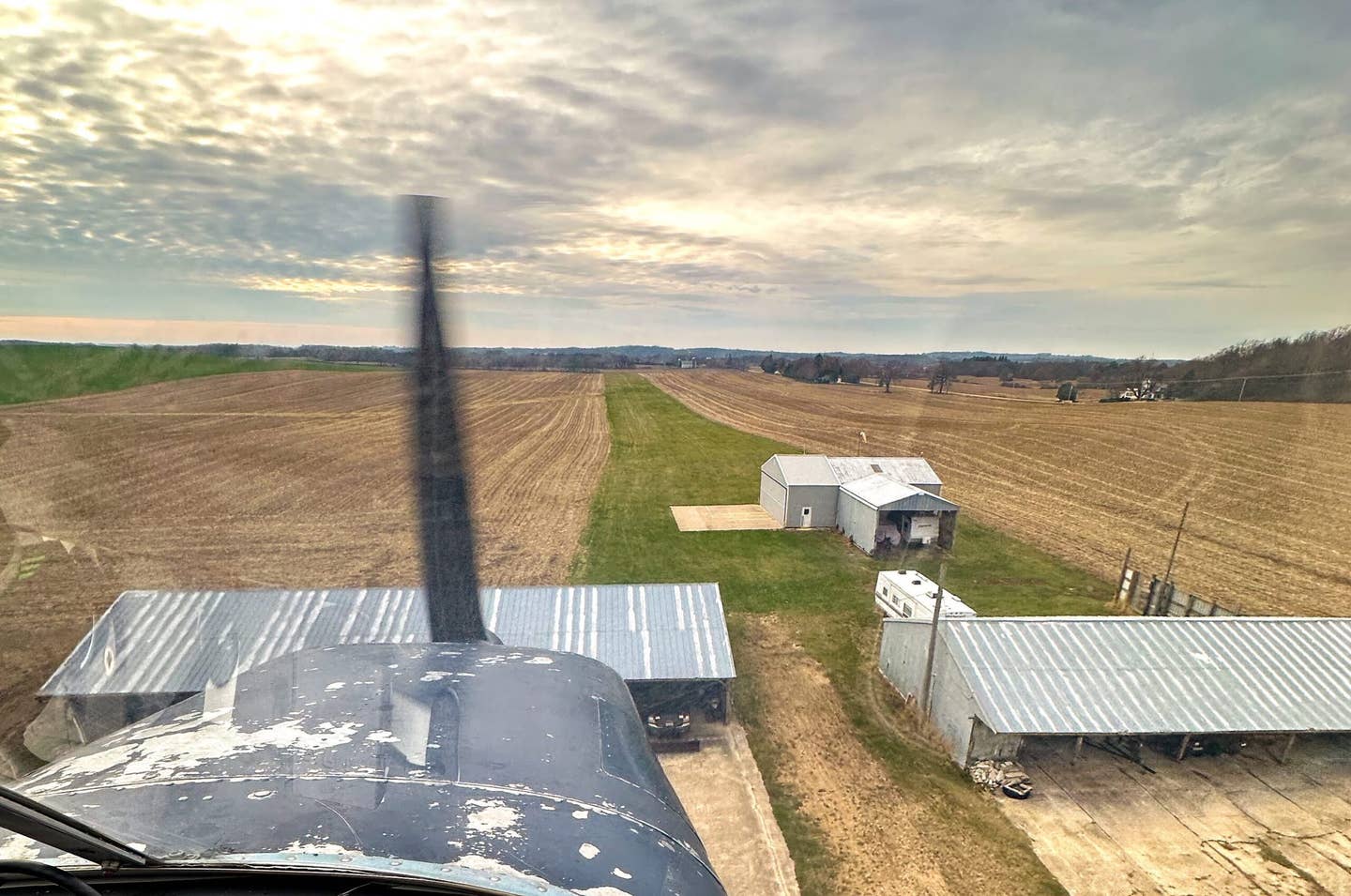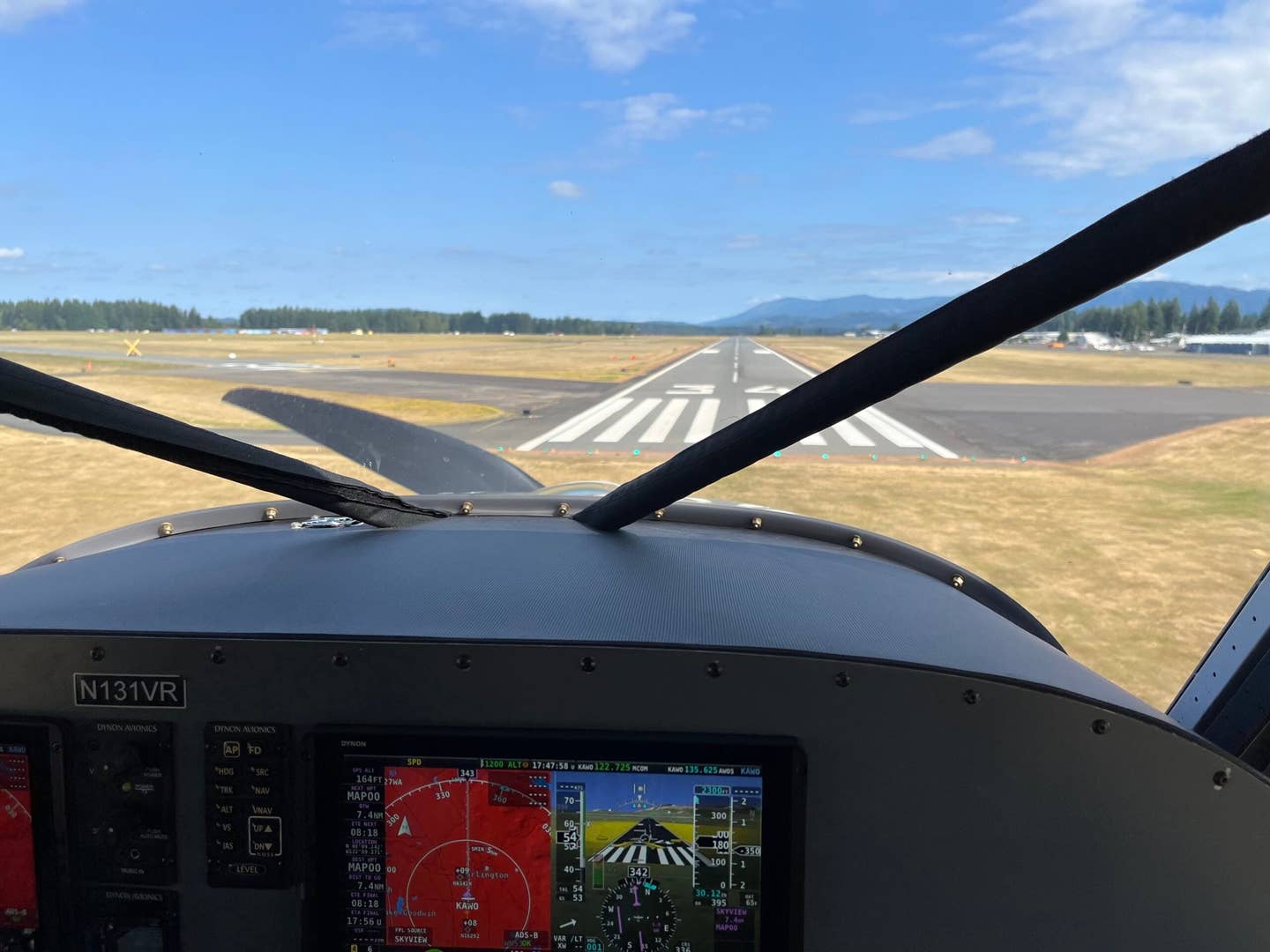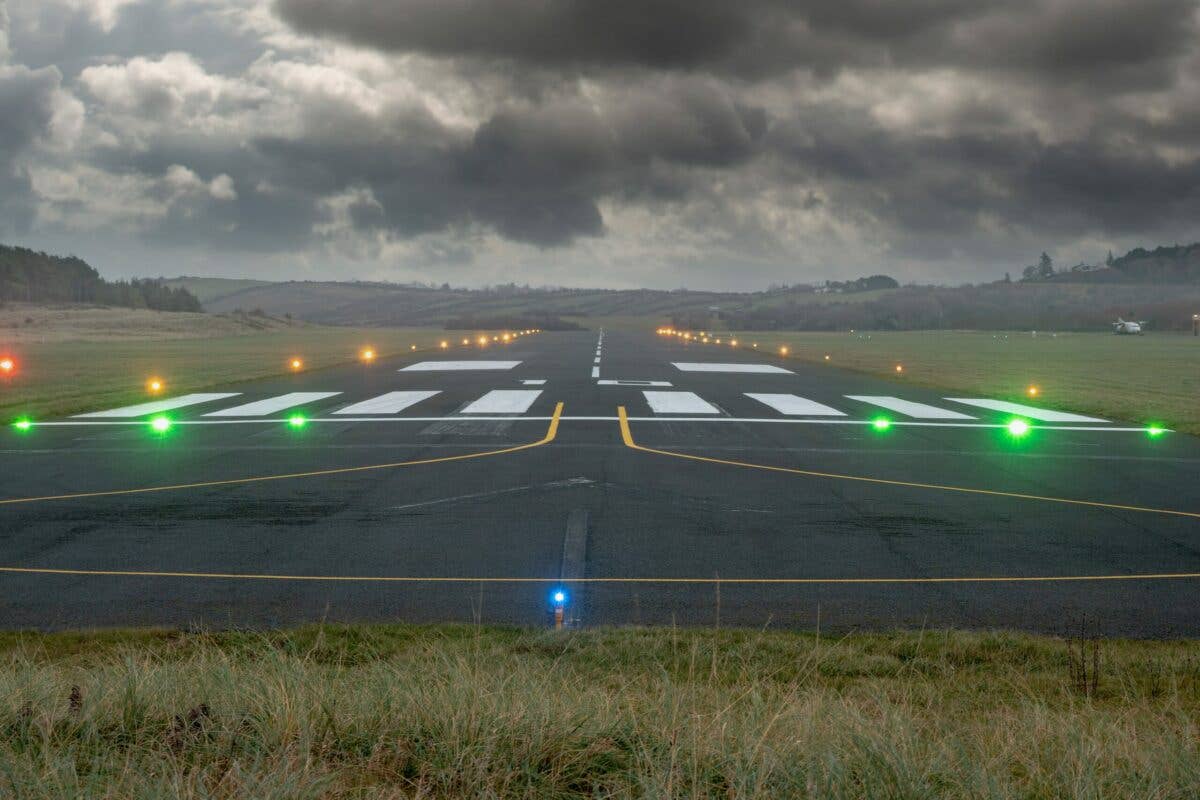
NASA has completed the initial test phase of a new morphing wing technology that the agency says could dramatically increase fuel efficiency, reduce airframe weight and decrease aircraft noise during takeoffs and landings.
The test phase included 22 flights with Adaptive Compliant Trailing Edge (ACTE) flight control surfaces attached to a Gulfstream III jet at the Armstrong Flight Research Center in Edwards, California. The flaps were flown at angles varying from -2 to 30 degrees. While the control surfaces were designed to morph in flight, the tests were conducted at fixed settings to collect incremental data and reduce risk, NASA said.
NASA says the control surfaces, which were developed by Air Force Research Laboratory (AFRL) and FlexSys Inc., can be incorporated into new designs or retrofitted to existing airplanes. The technology also enables engineers to modify the wing design to reduce weight and produce higher aerodynamic efficiency.
"The completion of this flight test campaign at Armstrong is a big step for NASA's Environmentally Responsible Aviation Project [ERA]," said Fay Collier, project manager for ERA. "This is the first of eight large-scale integrated technology demonstrations ERA is finishing up this year that are designed to reduce the impact of aviation on the environment."
Get exclusive online content like this delivered straight to your inbox by signing up for our free enewsletter.

Sign-up for newsletters & special offers!
Get the latest FLYING stories & special offers delivered directly to your inbox

